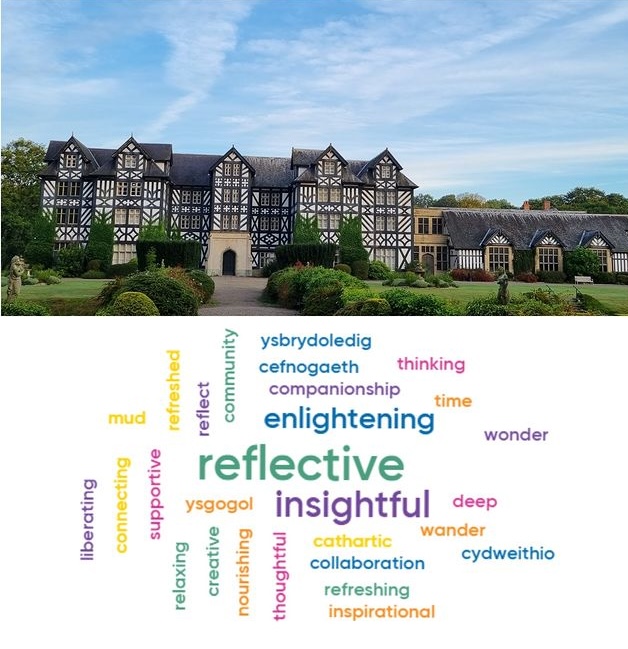Dr Giselle Tur Porres, Lecturer in Early Childhood Studies and Emma Spacey, Senior Lecturer in Education
CRN: Curriculum and Pedagogy Currere Retreat, January 2025

What is Currere?
This is a question we asked ourselves as we drove to Gregynog Hall in remote mid-Wales, for a weekend organised by the CRN (Collaborative Research Network) involving universities and school partners across Wales.
Currere, we learnt, is a reflective process of examining curriculum. Pioneered by William Pinar in 1975, it involves four stages;
- The Regressive – remembering key episodes from the past; of your own school experiences or your teaching experiences
- The Progressive – starting to think about your future path in education
- The Analytic – analysing and starting to understand what is happening now
- The Synthetic – constructing new understanding and acting based on these reflections
Anyone who has been involved in reflective writing will know that that process is not simple and the weekend was immersive in encouraging a lot talking, sharing, listening and time to walk, explore, think. We were facilitated in our journey by Dr Kevin Smith, from Cardiff University, a keen proponent of the method and Andy Williams, a former deputy head of Monmonth School and trainer in restorative practice. There were teachers from all areas of Wales sharing their experiences and challenges of delivering the Curriculum for Wales in their settings.
The environment enhanced the experience. Gregynog Hall in Powys is surrounded by 750 acres of gardens and woodland. Part of the hall dates to the 12th century but it was rebuilt and restored by two sisters, Gwendolin and Margaret Davies, as a center for the arts. On their death it was bequeathed to the University of Wales for study and conferences and although now part of a trust, the 1930s trappings remain. It was vast, cold, the grounds were muddy and there were signs on toilets that said, ‘do not use, antique’. So, we wrapped up both inside and outside and huddled in conversations near fires and in old rooms marked ‘senior common room’. Cut off from the modern world, in a fascinating and beautiful environment, gave the opportunity for deeper reflection. It led to open conversations, and it meant we were doing the work needed for Currere to happen. We both found the method powerful and potentially useful as an approach for students to try on our reflective teaching modules and for future research. It was the start of a process and one we hope to continue with the network in future meetings.
For those who want to learn more we recommend The Currere Exchange journal
The Currere Exchange journal